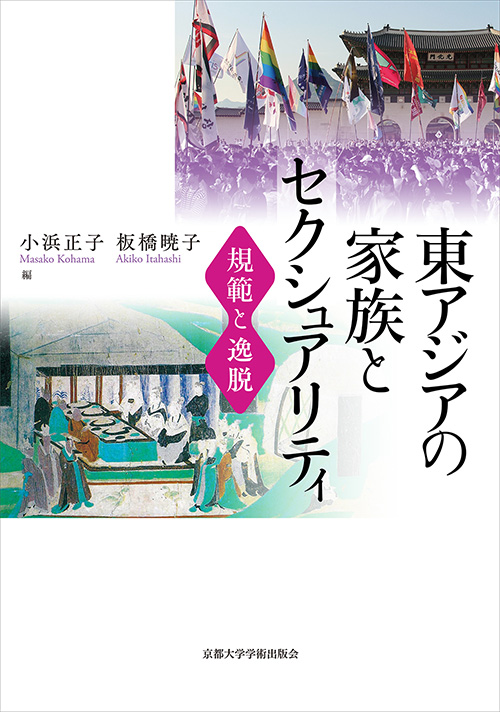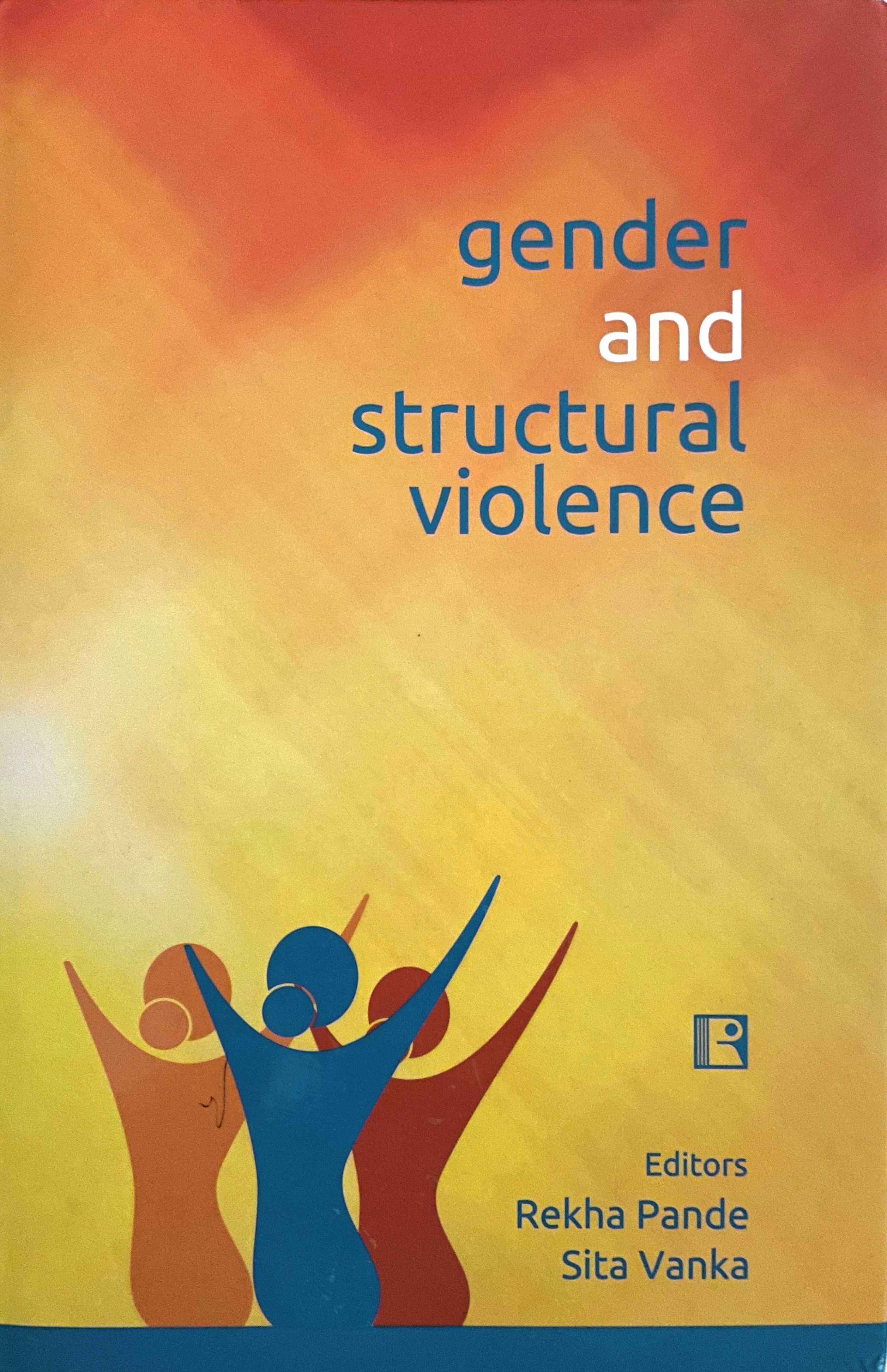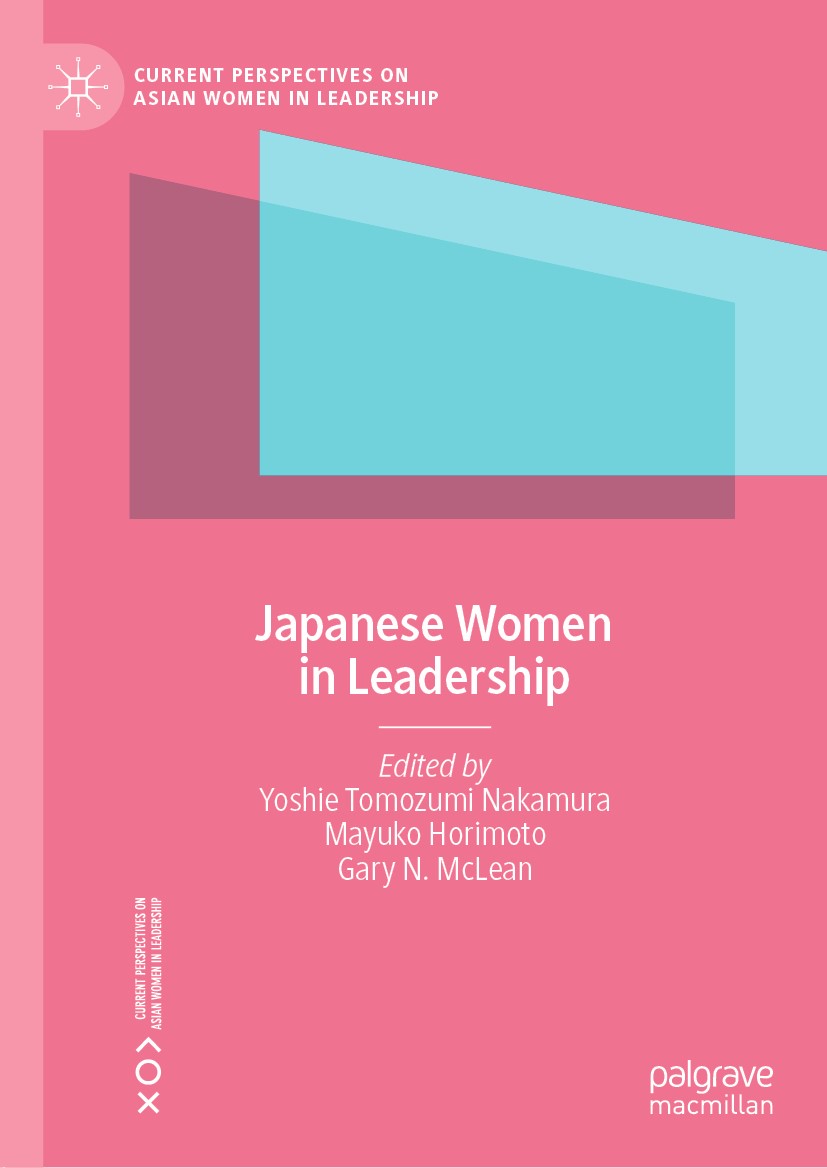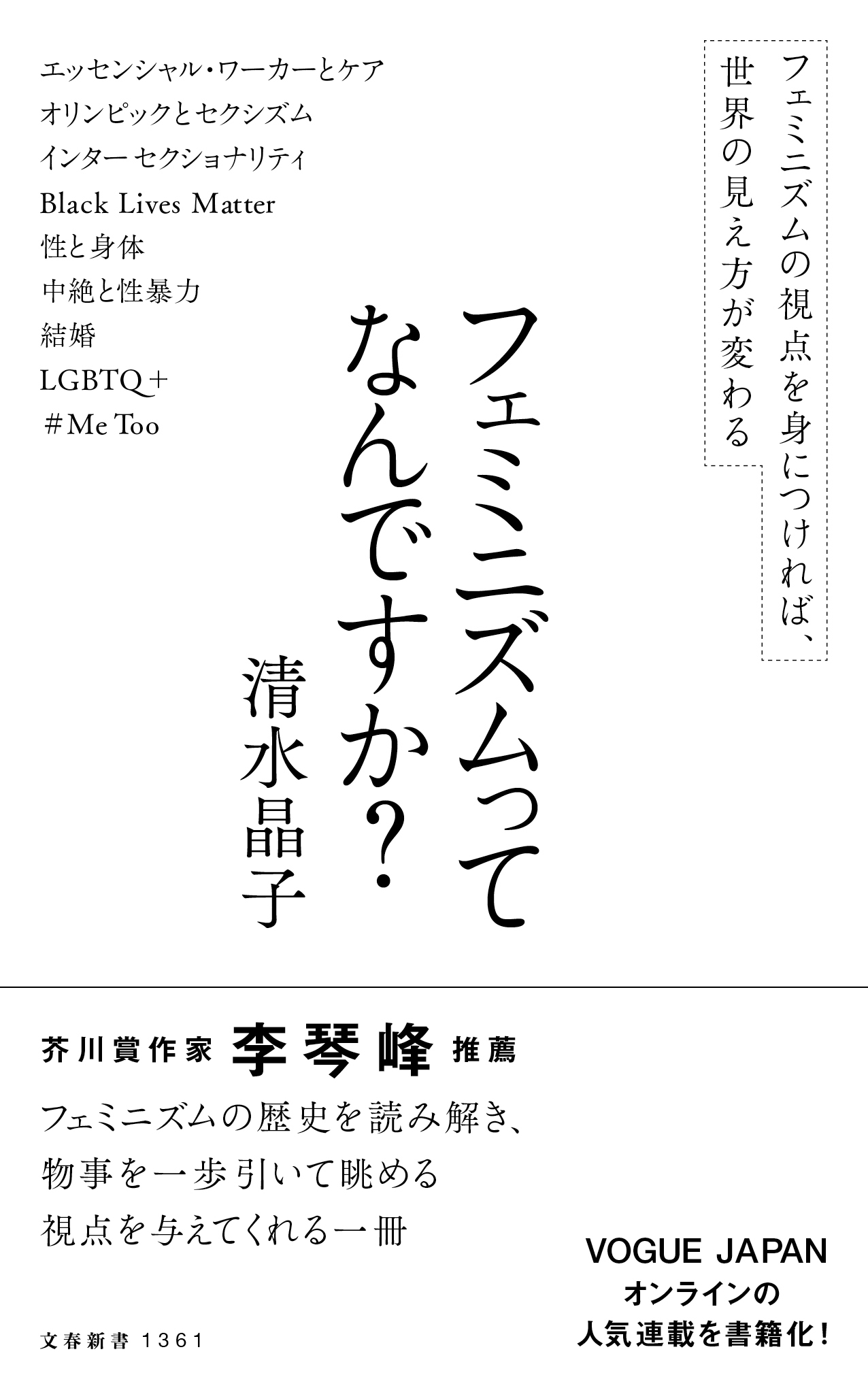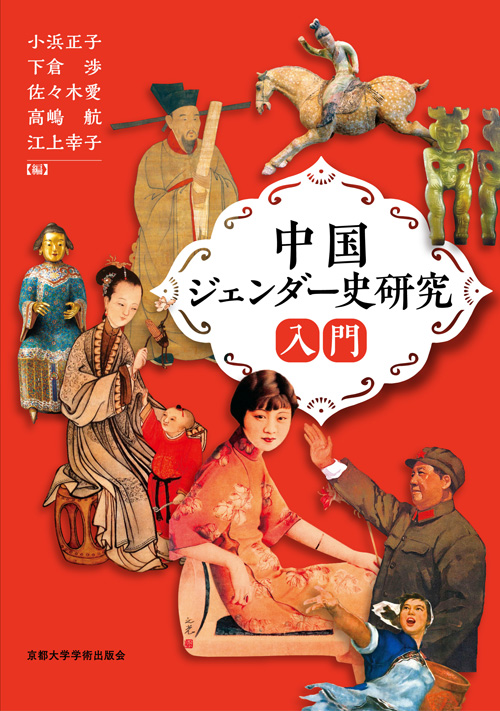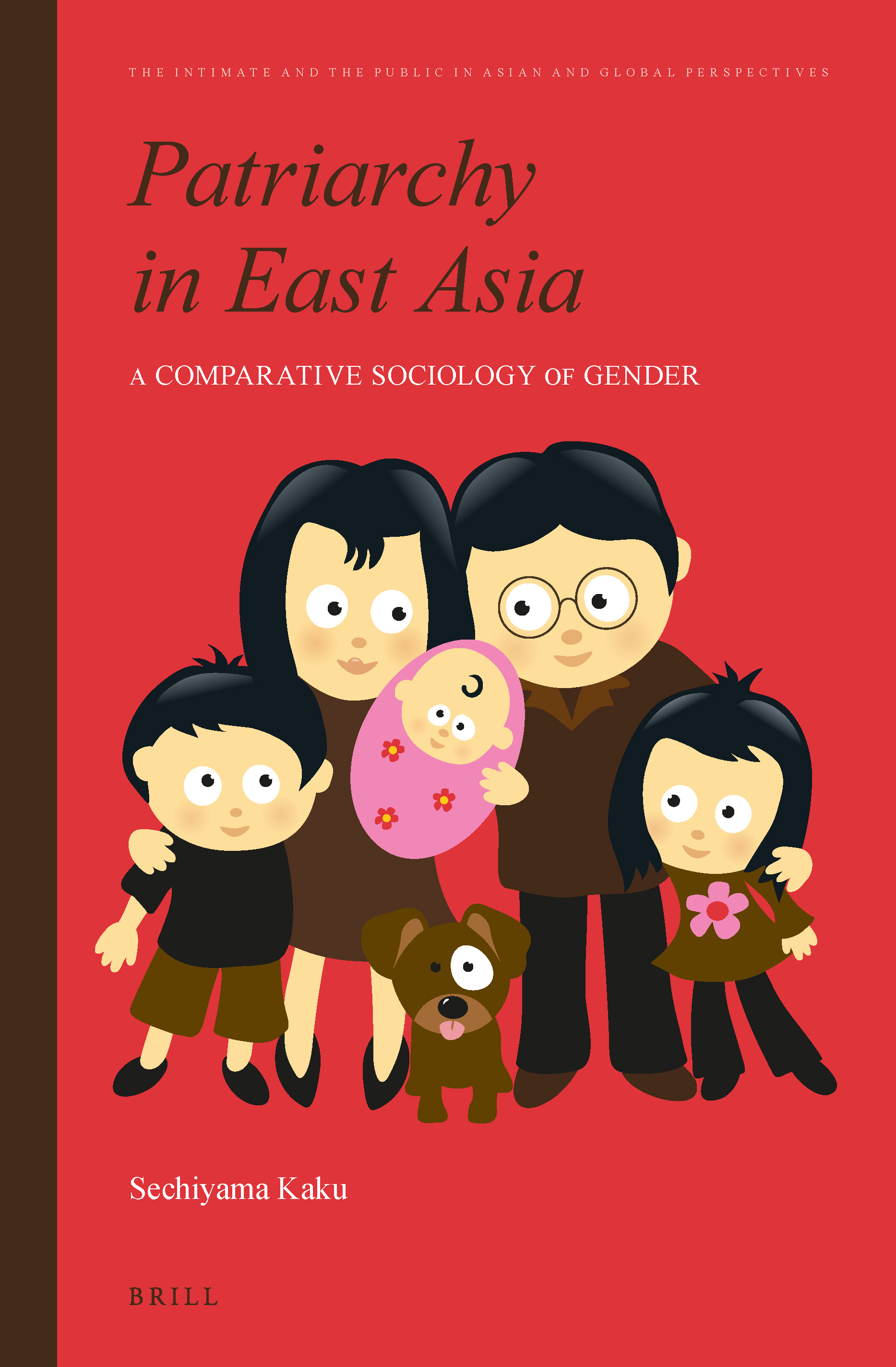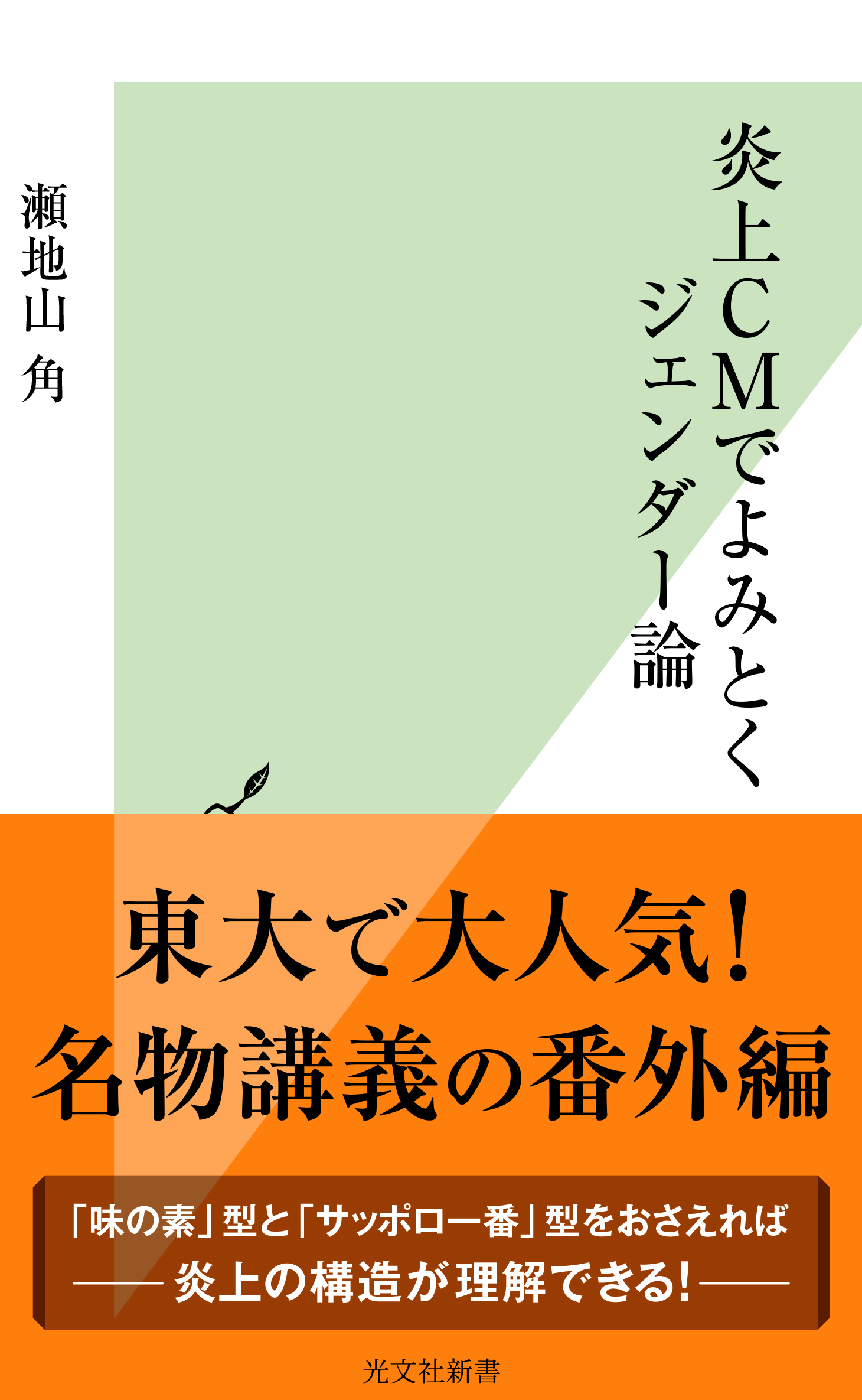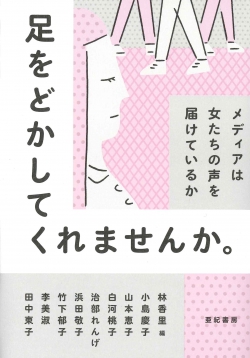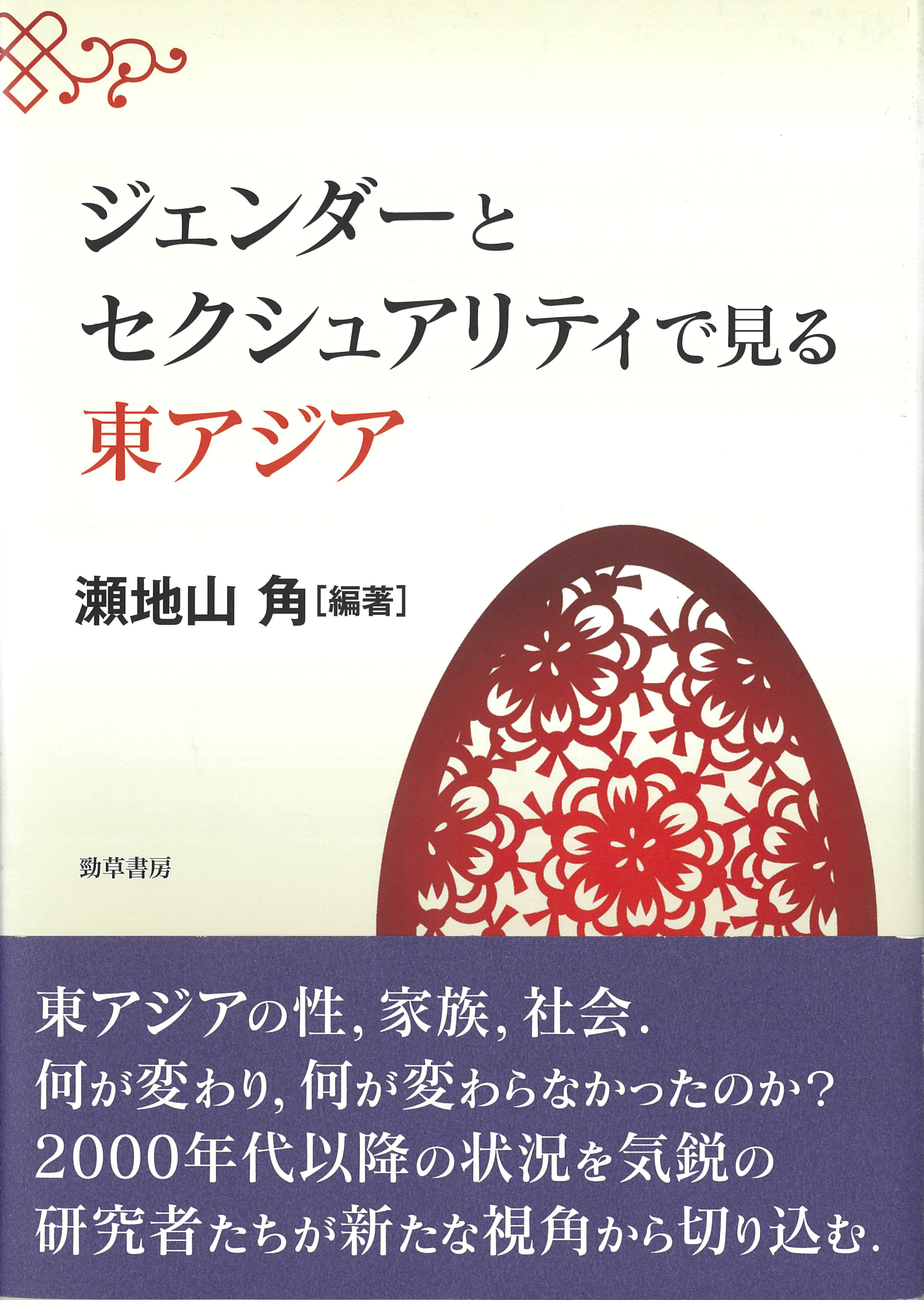
Title
Gender to Sexuality de miru Higashi Asia (East Asia through gender and sexuality)
Size
328 pages, A5 format
Language
Japanese
Released
November, 2017
ISBN
978-4-326-60298-8
Published by
Keiso Shobo
Book Info
See Book Availability at Library
Japanese Page
In 1996, the author published a monograph, Higashi Asia no Kafuchosei (Keiso Shobo), and since then has been researching gender in East Asia, including monitoring changes in data. The English translation of the volume, Patriarchy in East Asia, was published by Brill in 2013 with the help of a translator, which also updated the Japanese original. In this volume, I have asked postgraduate students attending my seminar at that time and former postgraduate students to write on a similar theme. An edited volume often lacks coherence in terms of themes, but I believe this volume is quite coherent because the theme was firmly set when the invitation for contributions went out.
In East Asia, drastic aging is occurring, accompanied by an extremely low birth rate, and this volume sheds light on the differences among East Asian societies regarding gender against the same background. When we identify differences between Japan and China, we still do not know whether they come from the social systems, the level of economic development, or cultural norms. However, when we compare Japan, South Korea, and Taiwan, because they have similar social systems and are at a similar level of economic development, we can conclude that the differences come from cultural norms. For example, unlike in Japan, in Taiwan there is no norm that the mother must stay home with a small child, and as a result, the labor force participation rate of women with infants is remarkably high. On the other hand, in South Korea, it is the norm for a mother to stay home with her children, as in Japan, but this role is seen as more important when the child is preparing for the university entrance exam than when the child is in their infancy. This is somewhat different from the situation in Japan, where mothers start to work part-time when their children leave elementary school. Furthermore, as in Taiwan, there is no norm in China that the mother must stay with her children, which suggests this is a shared norm in Chinese societies. Furthermore, in North Korea, in contrast to China, despite being a socialist country, women tend to quit their job after getting married, which suggests that this is an aspect of Korean culture that is shared across the peninsula. On the other hand, with regard to employment among the elderly, all Chinese societies have a very negative attitude toward it whereas in Japan it is actively promoted. One of the features of the current volume is to shed light on the differences in the composition of the labor force between societies; that is, the labor force composition is determined by factors other than the economy within East Asia.
The current volume has also turned out to be the first work on comparative sociology in East Asia regarding sexuality. We believe it to be very significant that the volume has identified the process whereby issues of sexual minorities have emerged as important human rights issues thanks to the collaboration between feminism and sexual minorities’ movements in Taiwan, where same-sex marriage was first introduced in Asia.
(Written by SECHIYAMA Kaku, Professor, Graduate School of Arts and Sciences / 2022)



 Find a book
Find a book


 eBook
eBook